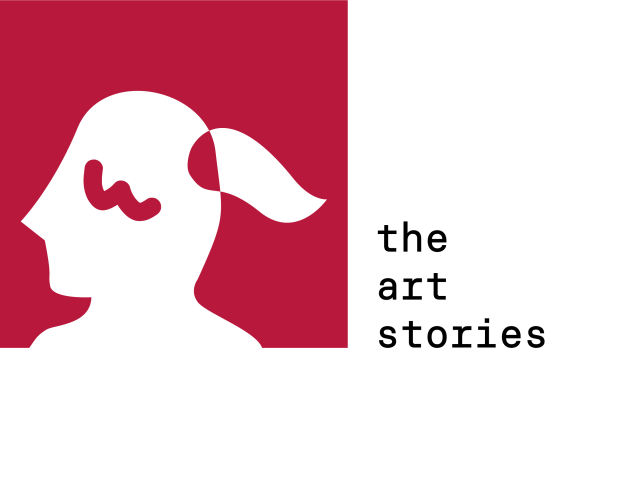*This post contains images of violence, blood and other sensitive subjects. If you are sensitive to graphic content, I would suggest not reading this article.
New York has been a hub for artists of all sorts since basically forever. It’s a city that’s been romanticized for its liveliness, admired for the glamour and luxury of Manhattan and flooded by all kinds of people moving there to chase a better future. From William Klein (Vogue anyone?) and Alfred Stieglitz to Garry Winogrand and Bruce Davidson, it’s unlikely that you’ve never seen New York pictured in the press or on tv (any Sex and the City fans out there?). Full of contradictions, extreme poverty as well as extreme wealth, it’s not easy for a photographer to produce a body of work that depicts accurately all aspects of the city. Weegee was one of the few that managed to leave us with a body of work raw and full of those contradictions. He worked in New York during a tumultuous time for the city, the aftermath of the Great Depression.
Weegee was his pseudonym, his real name being Arthur Fellig. He was born in Ukraine but his family moved to New York when he was only ten years old. Weegee was a drifter when it came to jobs at least up until his middle thirties when he quit his job as a darkroom technician to become a freelance photographer. He knew that jobs for photographers were scarce, so he decided to create an opportunity for himself instead. He started shooting at night; but he wouldn’t shoot just anything or anyone. He focused on fights, murders, anything unpleasant and noteworthy that could end up on the newspapers the next day. Weegee moved right across the street from the police station and was the first photographer in New York City to have a police-band shortwave radio. This resulted in him being the first to arrive at crime scenes or house-fires. And his depiction of those moments is as raw as it gets.
Death and injury make great subjects for photographers because they are shocking by nature. That doesn’t mean though that every single photo will be noteworthy. And that’s exactly why Weegee stands out. He managed to develop a simple and consistent style. His use of light, lines and his simple compositions make his subjects stand out. That’s not to say that they become lighter or pleasant to watch; that was never his goal. His photos show the real New York. Weegee ended up being the most popular freelance photographer of his era with photos being published in The Sun, Herald Tribune, The New York Post and more. He even did the stills for Stanley Kubrick’s film Dr. Strangelove. Frank Sinatra and his fangirls, Harlem and Coney Island and of course dead bodies all coexist in his first book called Naked City highlighting the extreme inequalities that existed in New York after the Great Depression. Weegee shot everything; death, poverty, disaster, terror, love, theatre, cinema, summer and winter in New York.

